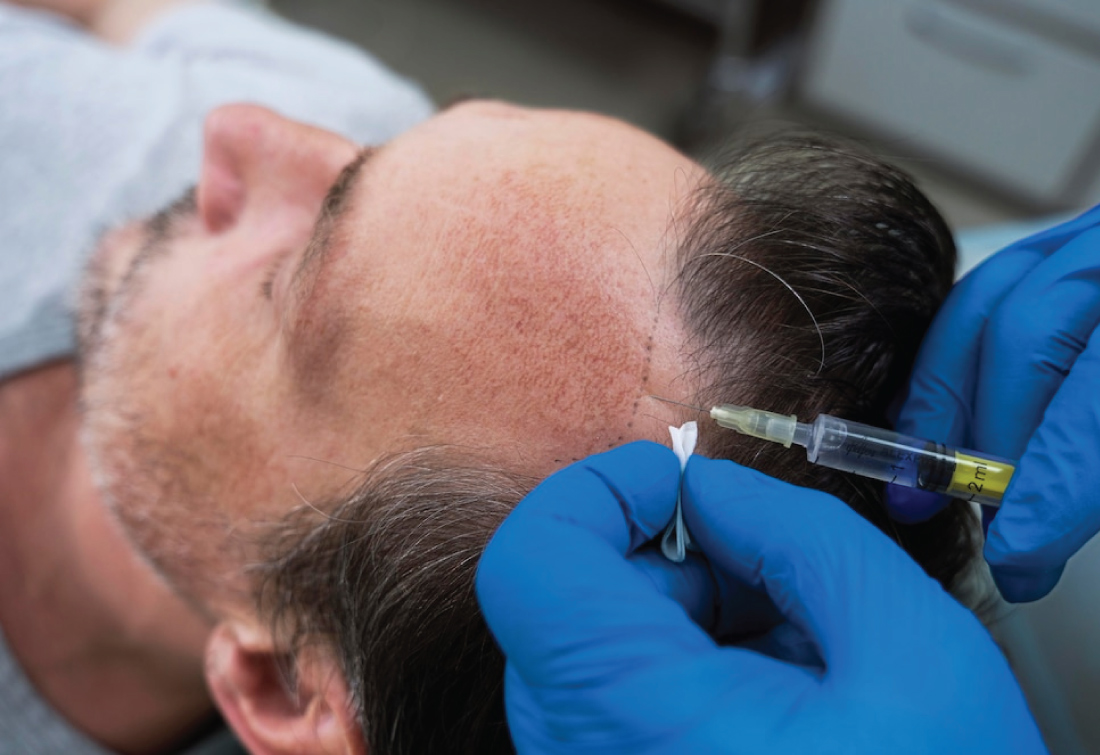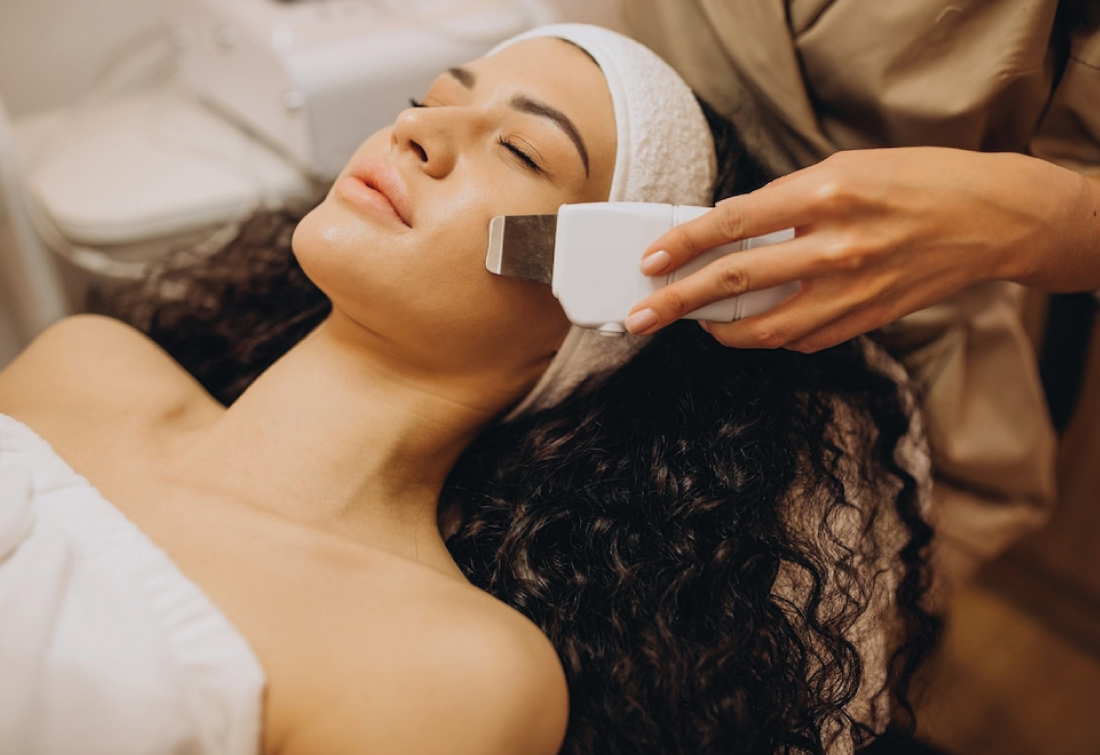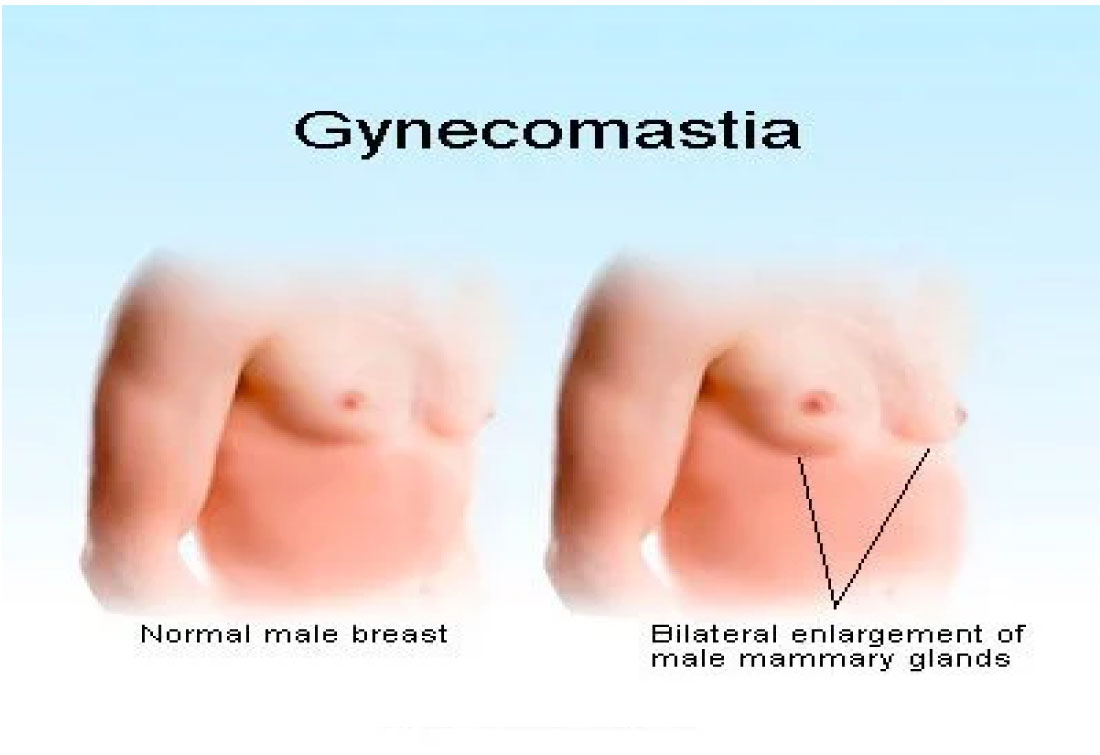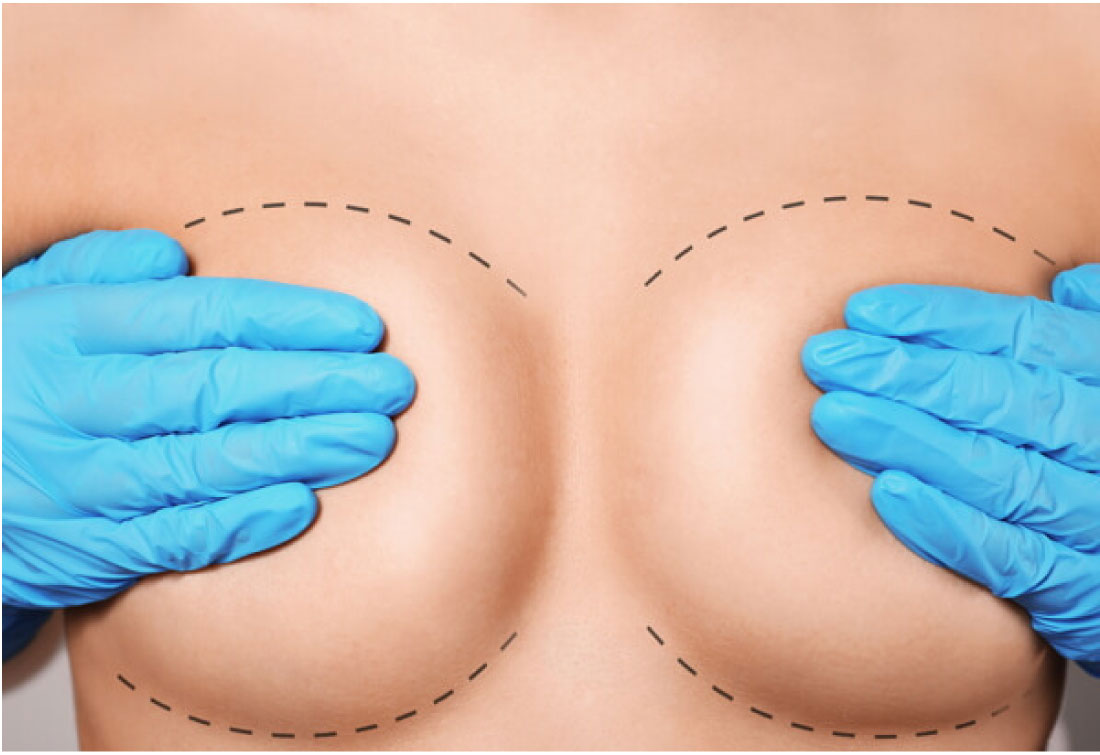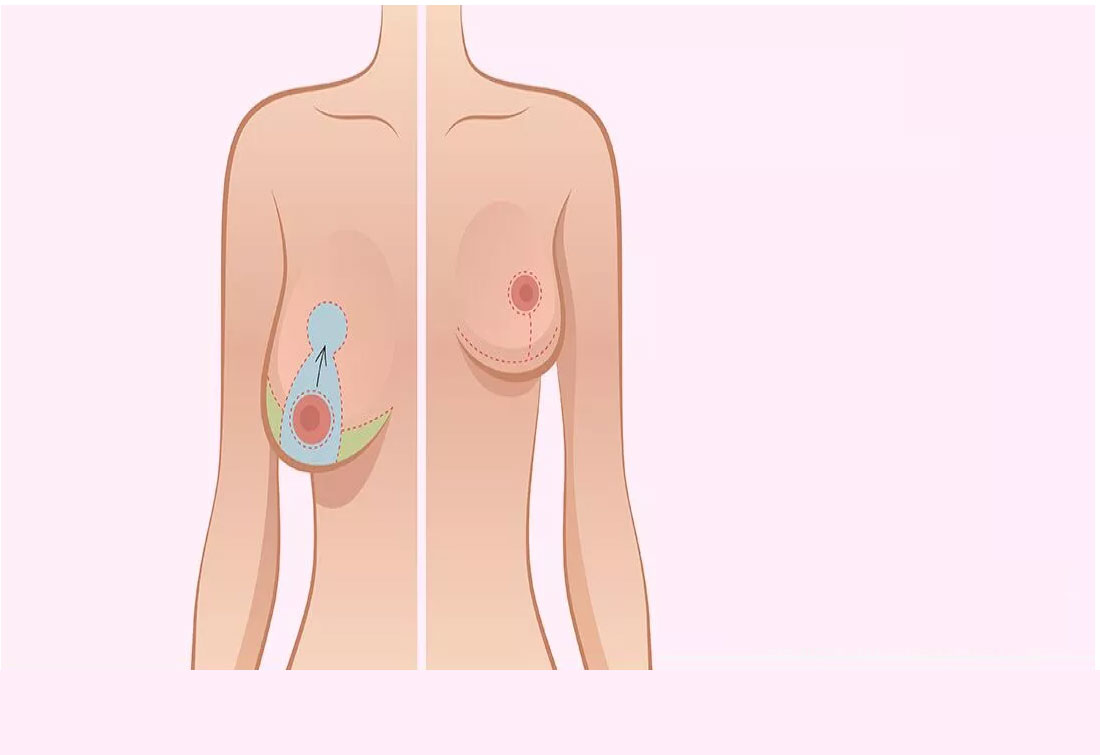Otoplasty- prominent ear
Otoplasty is also colloquially known as “ear pinning” that is performed for children and adults with prominent ears. Women with prominent ears often hide their ears because they “stick out.” This procedure allows women to wear their hair back in a pony-tail, many for the first time and can be life-changing. A child with prominent ears can be incessantly teased at school and most doctors agree that after age 7 when the ear is fully grown to adult size, during the summer months is a good time to perform this surgery. The surgery can be performed either under general anesthesia or local anesthesia (in the office). With children, the procedure is always done under general anesthesia, but it is an outpatient procedure not requiring an overnight stay in the hospital. Adults have a choice, most still choose to do it under general but many also like the option of doing it under local in the office. The surgery involves a “retroauricular” incision placed and concealed behind the ear that allows “access” to the cartilage components of the earframe. Usually the antehelix (crease in the upper third of the ear) requires sutures to re-create the crease or fold. The concha or “bowl” inside the ear is also ‘set back” using sutures. Sometimes the concha is too large and a portion of this has to be removed as well. Finally the lower third of the ear, namely the earlobe also sometimes needs to be set back. All of these anatomic issues can be dealt with in a single surgery with excellent results. Most patients remain in a ‘head dressing’ for 3-5 days and then they only have to wear a headband at night for the first month. Bruising and swelling resolve over the first 2 weeks and patients are able to resume daily activities of life pretty quickly.
FAQ
Question: Will this recur?
Answer:Recurrence of prominence is fairly common, and more common in adults than in children. Some studies suggest the rate can be as high as 30-40%; however, it is markedly less in my practice. If this occurs, the correction can often been done in the office under local anesthesia.
Question: When can I wear my glasses?
Answer: Usually after a week as long as the glasses’ “arms” do not “wrap around” behind the ear where the incision is placed.
Question: Will the ears look different?
Answer: The ears are never symmetric (exactly) to start with and never are after any otoplasty. Simply “pulling the ears back” creates subtle changes to the ear; however, Dr. Boynton is very conservative in his judgement about this. “over pulling” the ears back can be a tell- tale sign of having this procedure, and looks unnatural.
Question: Is it painful?
Answer: This procedure has mild discomfort and can be done in the office or the surgicenter under anesthesia. Many adults elect to have this done as an office procedure.

